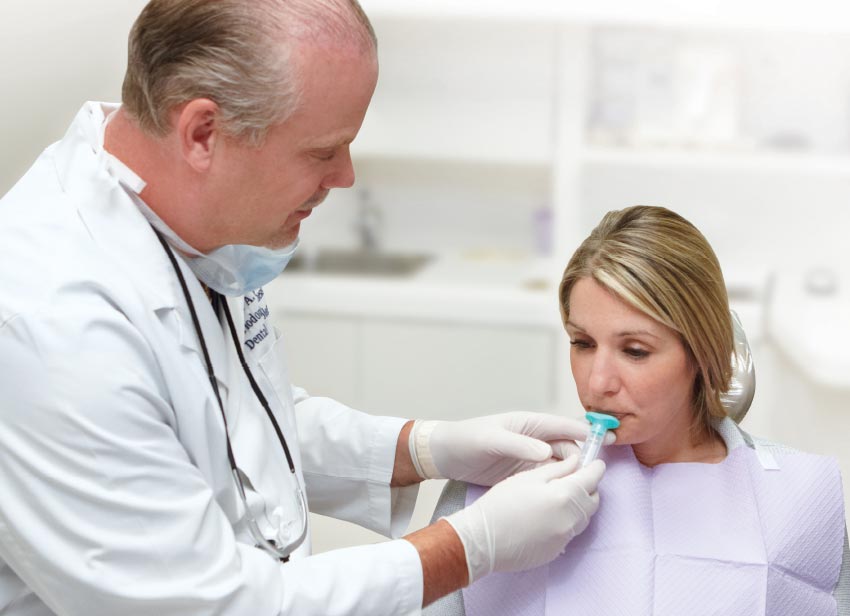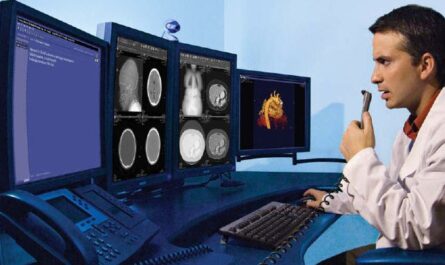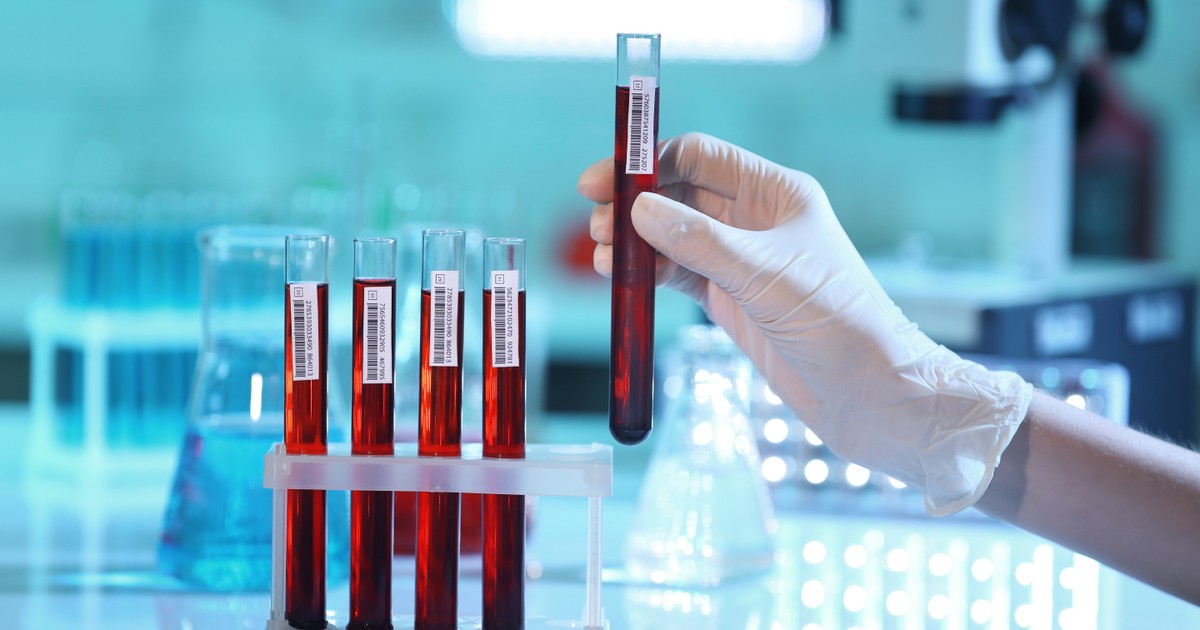Saliva collection is rapidly evolving as a simple and non-invasive method for collecting biological samples. Saliva contains a wide range of biomarkers that can provide invaluable health insights. As saliva collection devices advance, they are opening doors for innovative healthcare applications.
History of Saliva Collection
Traditional methods of collecting saliva involved spitting or drooling into a cup. While effective, these methods were often viewed as unhygienic and unappealing by patients. The development of the first commercial saliva collection device in the 1990s helped address these issues by providing a sterile, hygienic way to collect samples.
Early devices utilized absorbent synthetic pads or swabs to collect saliva through stimulation methods like chewing. However, many of these initial devices only collected small sample sizes and throughput was limited. Significant advancements were still needed to realize the full potential of saliva as a diagnostic sample.
Modern Device Designs
Current Saliva Collection Devices have come a long way from those early prototypes. State-of-the-art designs focus on ease-of-use, sample quality, and volume optimization. Most popular devices employ either a swab or capillary collection method.
Swab-based devices feature an absorbent synthetic swab at one end that is placed under the tongue to absorb saliva. These are optimal for collecting saliva at rest but may have limited sample volumes. Capillary-based devices use suction to draw saliva up a narrow tube, providing higher yields through collection over several minutes. Some capillary devices are paired with citric acid tablets to further promote saliva flow.
Additional innovations like timed stimulation intervals and sample volume indicators have improved standardization. New biocompatible materials ensure safe, pain-free collection. Autoclavable designs allow for multiple re-uses in clinical settings. Many devices now integrate with sampling kits for seamless sample preservation and shipping to labs for analysis.
Non-Invasive Applications
The non-invasive nature of saliva collection makes it well-suited for a variety of healthcare applications. Saliva testing is currently utilized for:
Drug and Alcohol Testing: Saliva drug and alcohol tests provide accurate detection windows without the need for collection by medical personnel. Widespread use in criminal justice and workplace wellness programs.
Monitoring Health Conditions: Conditions like diabetes, cancer, and infections can be monitored through biomarkers in saliva. This enables convenient at-home serial sampling for disease management.
Nutritional/Fitness Tracking: Levels of vitamins, minerals, hormones and other analytes in saliva correlate to diet, exercise habits and overall wellness. Promising for integrative health applications.
Precision Medicine Research: Large population-level studies analyzing the salivary proteome, metabolome and microbiome are advancing our understanding of disease risk, development and treatment effectiveness between individuals.
Dentistry: Applications include analysis of oral health biomarkers, detection of periodontitis and quality assurance after dental procedures through non-invasive saliva testing.
Emergency Response: Saliva is being explored as a rapid diagnostic sample in disaster relief and battlefield medicine scenarios where blood draws are impractical or unsafe.
The Future is Bright
As Saliva Collection Device technology and assay sensitivity progress in parallel, the opportunities for non-invasive healthcare will continue expanding into new areas. Miniaturized point-of-care devices may one day provide on-the-spot diagnostic insights from a saliva sample. Wearable technologies could integrate continuous saliva monitoring into a digitalized preventive healthcare model.
With further innovation, complications from tissue biopsy, phlebotomy procedures and invasive sample collection may become a thing of the past. By leveraging the information-rich content of saliva, non-invasive diagnostics powered by saliva collection devices hold great promise to transform healthcare accessibility, patient outcomes and population wellness worldwide.
Saliva collection devices have come a long way from their early developmental stages. Advancing device designs and assay technologies are actively advancing applications from drug testing to precision medicine. As this disruptive field continues progressing, non-invasive saliva-based diagnostics are primed to reshape our understanding and management of health for the benefit of individuals and society.
*Note:
1. Source: Coherent Market Insights, Public sources, Desk research
2. We have leveraged AI tools to mine information and compile it




